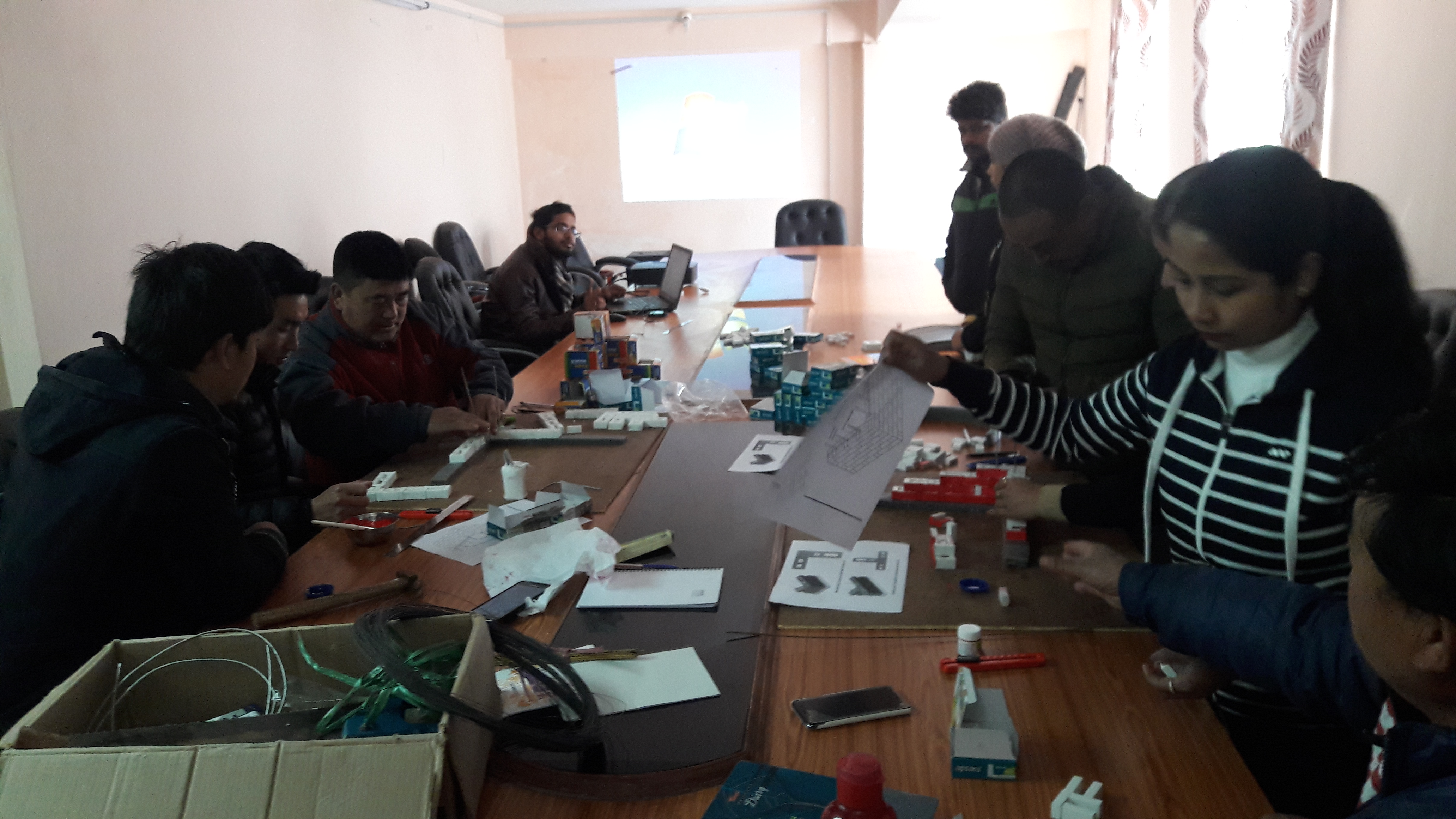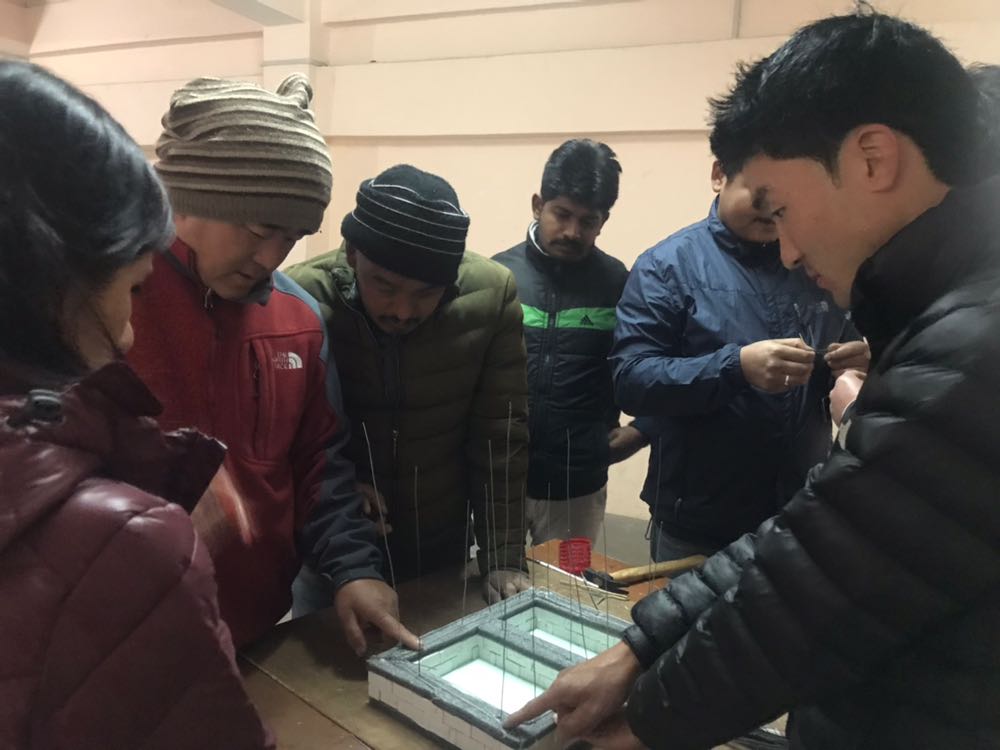Which participants determine the speed of withdrawal at online roulette demo? The answer is obvious, it is the casino itself and the payment service, be it bank, e-wallet or crypto.
Preparing shockproof houses in Sikkim and Darjeeling
There could be a big increase in numbers of devastating earthquakes around the world in 2018, warned scientists. The assumption is based on the theory that variations in the speed of Earth’s rotation could trigger intense seismic activity, particularly in heavily populated tropical regions.
The earthquake brings greater devastation and large casualties in different parts of the country but its intensity doubles in the hilly areas. As per the data, over 728 quakes in past 149 years might have been induced by human activities. Man-made earthquakes caused by poor planning in infrastructural activities like mining, dam construction, and urbanisation are majorly responsible for this effect.
Northeast India is situated in the seismic zone V and has experienced increased frequency of earthquakes in the recent past. The major reason for the high frequency and intensity of the earthquakes is that of Indian plate driving into Asia at a rate of approximately 47 mm/year.
More casualties are recorded due to collapsing buildings and not the earthquake itself. Houses are not equipped to handle the growing number of shocks and quakes.
In 2015 India ratified the Sendai framework for Disaster Risk Reduction to ‘build better from the start’ using proper design and construction, as well as retrofitting and rebuilding existing structures.
Nearly 1048 resilient houses will be constructed by Caritas India in Sikkim and Darjeeling under Improving Disaster Risk Reduction Environment (IDRRE) programme an policy advocacy.
Caritas India along with its partner Anugayalaya Diocesan Social Service Society has started an intervention with Technical Guidance from Mr. Anshuman Shukla, founder, and CEO of Total Engineering Solutions & Risk Assessment (TESRA) to construct earthquake resilient structures and retrofitting of old vulnerable buildings while working with the Governments of Uttarakhand, Bihar and Uttar Pradesh to educate communities, leaders, administrations of the vulnerabilities for enhancing own capacities to mitigate the disasters that may happen in the future.
Since mid-January 2018, series of consultancy programs has been kickstarted with three sets of weekly workshops in Darjeeling and North Sikkim. Disaster Management Department of both the districts along with Municipality Engineers, Disaster Management Coordinators of the Municipality, local masons, community members and project staff were given training on the construction of earthquake resilient housing structures using two types of housing materials – Masonry Brick and Bamboo integrated with steel joineries. The materials were selected with mass acceptance from all strata of the community living in urban and rural areas and as per their economic comfort.
In the recently held workshop from February 17-21, 2018 small models were developed of brick joineries and a house using erasers as bricks. The models helped in awareness building and explaining masons of the construction sites in urban and rural areas.
The houses will be constructed using earthquake resistant engineering techniques like brick joineries, use of bands, use of reinforcement in different ways, retrofitting of cracked wall, columns and beams and the making of rat trap bond.
Brick joinery technique with the use of reinforcement (iron bars) and bricks helps in making the house seismic resistant. Horizontal bands play a crucial role in the construction as it holds the building as a single unit from four different levels.
To strengthen the structure, retrofitting technique will be used to increase the load carrying capacity of the house against the seismic load by using iron bars, wire mesh, and cement mortar.
The houses will regulate its room temperature and keep it warmer even in extremely cold weather suitable for the hilly region with the help of rat trap bond technique.
The workshop is a first step towards building a safer society where no life should be lost due to man’s negligence.
Copyright Caritas India 2013 ! Developed by Neural Info Solutions Pvt. Ltd.



















































